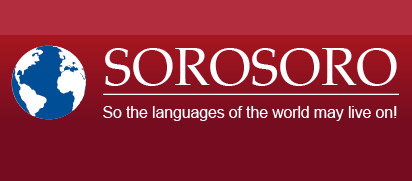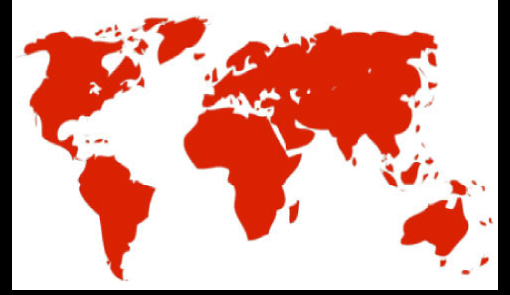Print  |
|


Presentation on the Kaqchikel language
This week travel to Guatemala, one of the Latin American countries counting the highest proportion of Indian population (60% are Maya) and the highest density of Amerindian language speakers (over 6 million on a 110 000km² large territory).
In 2009 our team was filming in two communities, the Tektiteko and the Kaqchikel. The Kaqchikel mainly live in the volcanic area of Chimaltenango, in the western part of central Guatemala, a poor area, essentially rural, where corn farming plays an extensive role.
Today we’d like you to hear linguist Nikte Sis Iboy who was there with us. As you’ll see in this video, Nikte’s moving intervention in a call for the preservation of Kaqchikel and all Mayan languages for that matter, as the loss of a language ultimately implies the loss of knowledge, culture and identity.
As you’ll also notice, Nikte isn’t addressing us in Kaqchikel but in her own mother tongue, Achi, another Mayan language, dialectal variation of K’ichee’.
There’re as many as 30 Mayan languages (21 in Guatemala, 9 in Mexico), all belonging to the same language group. But although they’re all Mayan languages, they are as different to one another as for example French, Russian or Kurd.
Kaqchikel counts around half a million speakers, it is one of the most widely spoken Mayan languages, along with K’ichee’, Yukateko, Wasteko, Mam, and Q’eqchi. Despite accounts of a promising demography, Kaqchikel lacks diffusion among the young generations and faces a serious decline.
Watch all the videos in Kaqchikel
Presentation on the Kaqchikel language by linguist Nikte Sis Iboy, in Achi
Linguist : Juliana Sis Iboy
Image and sound : José Reynès
Montage : Caroline Laurent








